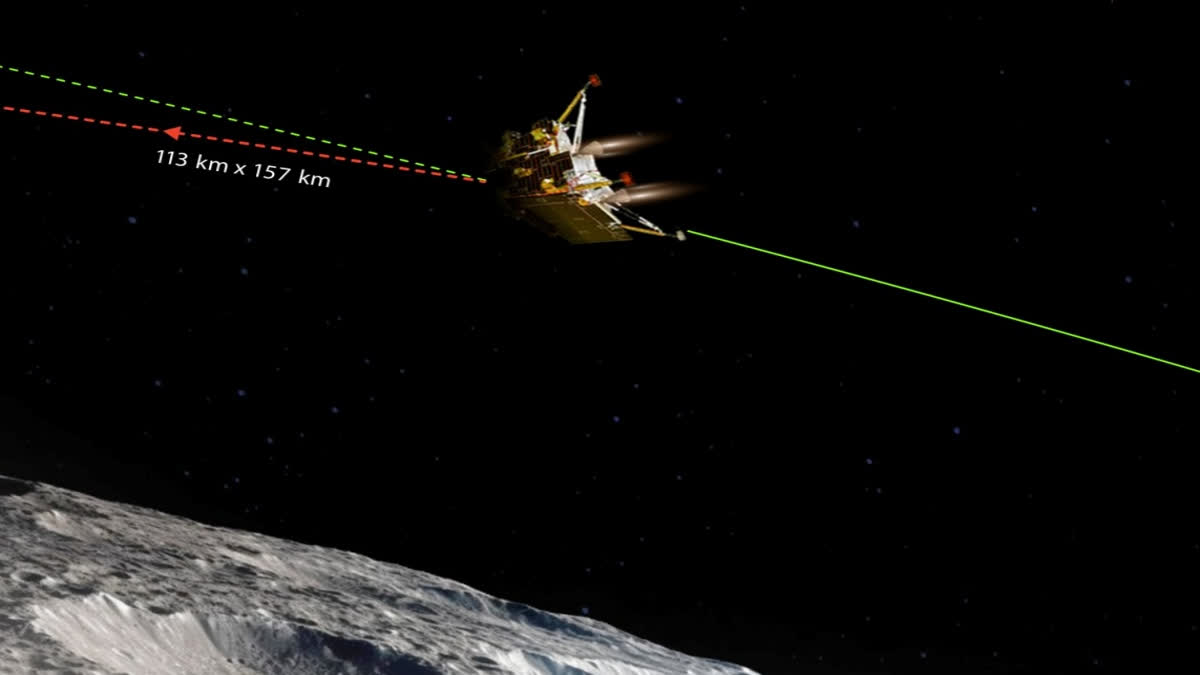Chennai:Carrying the hopes of a billion people, Vikram Lander with the Pragyan Rover, is slated for its moon touchdown on August 23. Former ISRO scientist and Chandrayan-1 Project Director Mayilsamy Annadurai explains what are the challenges ahead.
Q:Admittedly, a soft landing on the moon is a herculean task. What are the issues that are confronted in landing at the south polar region?
A:To reach and land a probe on the south pole, the prerequisite is to reach the polar orbit of the moon, which is a tough task. That is possible only by ensuring a flawless accurate orbital manoeuvre. Even then it is not enough since the terrain is treacherous, with mountain cliffs up to 9 km in height and rocks and deep craters. As such, it is necessary to land on a plain, larger enough to carry out the desired experiments. As of now we are in possession of 30 cm accuracy of the lunar surface and for scouting the landing site we depend upon the pictures that Vikram is sending.
Q:While ISRO has sent probes orbiting the moon and Mars, what are the difficulties in landing on the lunar surface?
A:First and foremost, we need a complete picture of the moon, including that of its polar regions for better understanding. It can be had only by having a probe/module on the polar orbit. All missions by the United States of America and USSR/Russia were confined to the equatorial region which has abundant sunlight unlike the polar regions of the moon which remain dark.
For landing on the lunar surface, the Lander's speed had to be reduced. It orbits the moon with a high velocity and once it is reduced, it succumbs to the gravitational pull of the moon. Hence, balancing it and overcoming it poses a major challenge. Even landing an aircraft in an airport requires so much effort and technological support in the age of Google Maps. Landing a probe on the moon which is 3.85 lakh km away at an unknown surface is not that easy given that space missions are brutally difficult.
